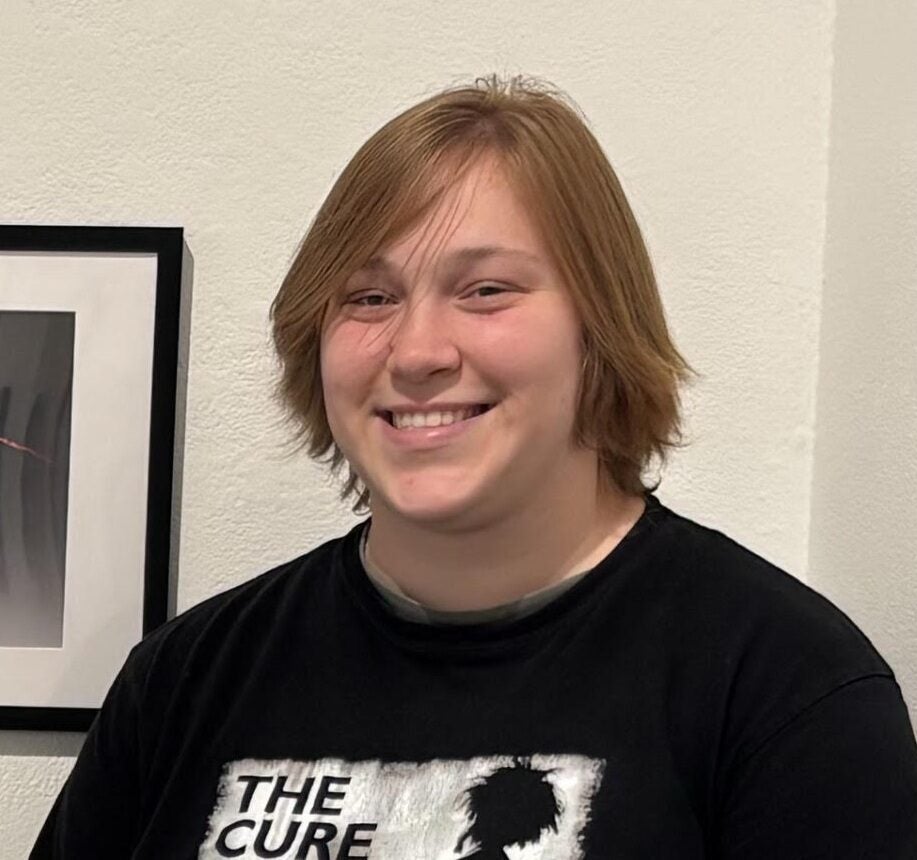Adults grow new brain cells well into their 70’s, study finds
New study proves adults keep growing brain cells, reshaping views on memory, emotion, and aging.

 Edited By: Joseph Shavit
Edited By: Joseph Shavit

Groundbreaking research from Karolinska Institutet reveals that humans can grow new neurons well into old age, offering new hope for brain health and repair. (CREDIT: Shutterstock)
Challenging a long-standing assumption regarding the adult brain, recent research has demonstrated that individuals can continue to develop new brain cells into old age. Researchers at Sweden's Karolinska Institutet, under Jonas Frisén's leadership, have presented direct evidence that new neurons continue to develop in the memory center of the brain, the hippocampus, in 78-year-olds.
Brian Smith underscored the importance of this study, noting that it is fundamental to the ongoing debate in neuroscience related to whether or not neurogenesis (growing new neurons) ceases after childhood or continues throughout life.
The Hippocampus is the Memory Center of the Brain
The hippocampus is central to memory, learning, and mood, and is often called the "memory center" of the brain. Animal studies have revealed the continuous development of new neurons in this brain structure throughout life, yet researchers have had difficulty finding this in a human study.
In 2013, Frisén's research team captivated the neuroscience field with what was a paradigm-shifting study. They used carbon-14 in DNA to date when human cells in the hippocampus were born and found evidence of new neurons developing in adult brains.
However, many scientists in the field were skeptical because they simply found dividing neural progenitor cells, which are foundational to the process of neurogenesis. In the present study, the research teams' work focused on identifying definitive progenitor cells (cells that give rise to new neurons) in the human brain. Previously, no studies had looked for definitive progenitor cells in the human adult brain.
A Deeper Look at Distinct Dates from Birth to Older Age
Through examining human brain samples, the authors were able to assess the installation of neurogenesis in humans from birth to adult ages of 78 years old. The human brain tissue was obtained from multiple biobanks in several different countries, a unique opportunity for researchers to study brain development across the human lifespan.
Researchers employed single-nucleus RNA sequencing, which analyzes gene activity in individual cell nuclei, often used to study brain development. Through this, they characterized all stages of progenitor cells in the human brain from stem cells to immature neurons. They also employed a mechanistic approach called flow cytometry, which allows the separation of the cells by characteristics, and then coupled this technique with machine learning to identify very small populations of dividing cells.
In brain tissue from children obtained during early childhood, the team was painstaking in confirming that all stages of neural progenitor cells were clearly identified. The principal finding of the study was the validation of definitive progenitor cells in the adult human brain. The researchers then demonstrated that these neural progenitor cells were actively dividing. They validated this by using antibodies to Ki67, a well-known marker of cell proliferation.
Localization of the dentate gyrus
To identify the specific location of the new neurons within the brain of an adult, the authors utilized RNAscope and Xenium, which reveal sites of active gene expression in discrete locations of tissue.
Notably, in an important finding, the progenitor cells and young neurons were located in a small subregion of the hippocampus known as the dentate gyrus, which is a critical brain region that is involved with the formation of new memories, spatial learning, and adaptation to change.
The precise mapping of neural progenitor cells has added weight to the idea that the adult human brain continues to generate new neurons, while at the same time providing researchers with a specific region to investigate in future studies and prospective treatments.
Similar, but different from animals
Although it was not clear if human adults, like some other species of animals (mice, pigs, monkeys), had progenitor cells and thus were able to exhibit neurogenesis, Frisén and researchers were able to demonstrate that human progenitor cells are similar in many ways to those found in the animal species. However, there were important differences in gene expression, which may in part explain why there seems to be a limitation in neurogenesis for some humans.
Additional variability was also present when assessing adults for neurogenesis, and some adults appeared to have many progenitor cells, whereas others had very few or no progenitor cells at all. This brings forth new considerations about individual variability and differences, what accounts for individual differences, and could lifestyle, genetics, or even the environment change the brain’s ability to grow neurons?
Frisén sees three valuable messages in some of these questions: "This gives us an important piece of the puzzle in how the human brain functions and changes over the course of our life."
New possibilities afforded to Brain health and repair
The implications of the study provide insight into how neurogenesis could inform us about disorders/diseases like Alzheimer's or depression. Both positivity and/or unsuccessfully experiencing aspects of memory or mood are related to the structure, the hippocampus, which could indicate that neurogenesis is helpful or supportive.
If scientists can find pathways to help facilitate neurogenesis or stimulate the human brain to grow new neurons, some will promote or support the repair and renewal of normal brain function.
"Our research could help lead to regenerative therapies that stimulate neurogenesis research associated with neurodegenerative & psychiatric disorders," Frisén stated. This could mean therapies will have to replace current therapies down the line.
While some of the therapies through this research won't be here right tomorrow, we should be optimistic about documenting ultimately that the human brain is not completely unable to generate adult neurons, that our brain continues to be plastic more than we even think, and repair/renewal is actually possible even in late adulthood.
The research suggests that mentally or cognitively engaging activities help brains grow new neurons. Activities like learning, socializing, and exercising easily engage the mind powerfully. The cognitive skills have true potential for brain growth and, therefore, brain health.
While more research is needed, this study provides at least one thing clearer than before - the adult human brain is not a structural organ. It is not static, is dynamic possibility and change!
Research findings are available online in the journal Science.
Related Stories
- Neurons burn fat to keep your brain running and fight disease
- Scientists combine magnetic microrobots with ultrasound stimulation to grow new neurons
- Lab-grown neurons developed to behave exactly like natural ones
Like these kind of feel good stories? Get The Brighter Side of News' newsletter.
Mac Oliveau
Science & Technology Writer
Mac Oliveau is a Los Angeles–based science and technology journalist for The Brighter Side of News, an online publication focused on uplifting, transformative stories from around the globe. Passionate about spotlighting groundbreaking discoveries and innovations, Mac covers a broad spectrum of topics—from medical breakthroughs and artificial intelligence to green tech and archeology. With a talent for making complex science clear and compelling, they connect readers to the advancements shaping a brighter, more hopeful future.



